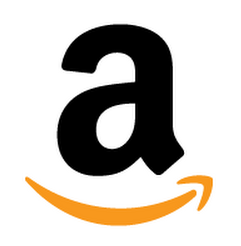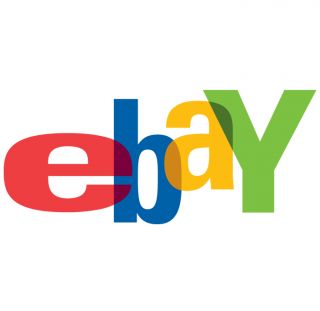How I Started A Successful Brand Selling Vintage Patches On Etsy
Hello! Who are you and what business did you start?
Hi! My name is Mike, and I’m a serial entrepreneur living in Montreal, Canada. I run Vagabond Heart, a company that makes modern vintage-inspired travel patches and stickers to help your luggage stand out on a the carousel.
I started the company just under two years ago, and we’ve been growing at a 100+% growth rate ever since. Currently we sell just over $5,000 per month worth of patches and stickers.

What's your backstory and how did you come up with the idea?
As I mentioned above, I’m a serial entrepreneur, and a lifelong maker. I’ve been selling online since the early 2000’s, well before Shopify made it easy, even before Amazon existed. In the past I’ve designed typefaces, ran a literary magazine, published books, sold vintage menswear, and...

Download the report and join our email newsletter packed with business ideas and money-making opportunities, backed by real-life case studies.

Download the report and join our email newsletter packed with business ideas and money-making opportunities, backed by real-life case studies.

Download the report and join our email newsletter packed with business ideas and money-making opportunities, backed by real-life case studies.

Download the report and join our email newsletter packed with business ideas and money-making opportunities, backed by real-life case studies.

Download the report and join our email newsletter packed with business ideas and money-making opportunities, backed by real-life case studies.

Download the report and join our email newsletter packed with business ideas and money-making opportunities, backed by real-life case studies.

Download the report and join our email newsletter packed with business ideas and money-making opportunities, backed by real-life case studies.

Download the report and join our email newsletter packed with business ideas and money-making opportunities, backed by real-life case studies.




































